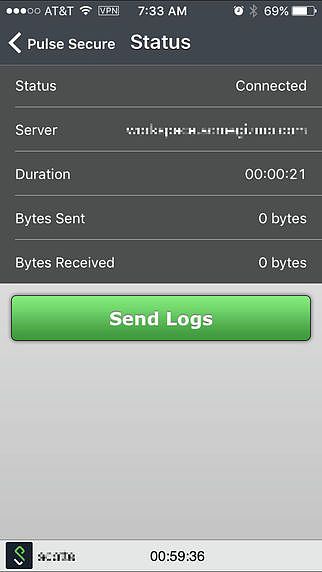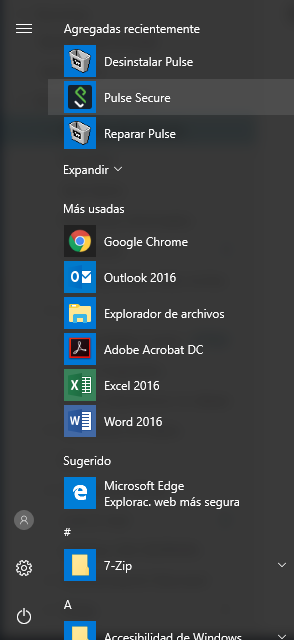Pulse Secure for Android makes it a snap to use your personal device for work. It’s an all-in-one client that securely connects your device to work and provides a Workspace to do your job. Scummvm games. With Pulse Secure for Android you can connect to your corporate VPN with just the touch of a button. That gives you easy and secure mobile access to. Read reviews, compare customer ratings, see screenshots, and learn more about Pulse Secure. Download Pulse Secure and enjoy it on your iPhone, iPad, and iPod touch. Pulse Secure Installer Service. NVIDIA Display Session Container. NVIDIA Display Watchdog Plugin. Install Pulse Secure by opening the.dmg file which is in your downloads folder. Open Pulse Secure (from the launcher at the bottom of your screen) 4. Click the plus-sign (+) to create a new connection 5. Enter desktop.hcrc.ca.gov in the 'Name' and 'Server URL' fields then click the 'Add' button.
Installing or Upgrading Pulse for Apple OS X with a Branding Package
To apply the branding package changes to an Apple OS X endpoint, you must copy the necessary files to an OS X endpoint and use them to update the Pulse installation program. You can also use this process to add Pulse configurations (a .pulsepreconfig file) to the Pulse installation program. You can then use that Pulse installation program to install or update Pulse on OS X endpoints. If the specified branding package is present in the Pulse installation program, the installation process creates the following directory:

/Library/Application Support/Pulse Secure/PulseBranding
The PulseBranding directory holds the changes you made to Pulse resource files and graphics. When Pulse must access a resource file, it checks this directory first.
To add PulseMac.PulseBranding to PulseSecure.dmg, perform the following steps on an OS X endpoint: Games that work with nimbus.
- Create a directory on an OS X endpoint and copy the following files to it:
- PulseMac.PulseBranding—The file created for OS X by BrandPackager that contains all of your client customizations. After you edit the resource files and run BrandPackager, PulseMac.PulseBranding is available in the same directory as BrandPackager.
- PulseSecure.dmg—The Pulse installation program. You can download PulseSecure.dmg from the Downloads page of Pulse Connect Secure or Pulse Policy Secure.
- ConfigureInstaller—A Python script that adds the package file to PulseSecure.dmg. ConfigureInstaller is available in the same directory as BrandPackager. Python is part of OS X 10.2 and greater and is included in the system PATH.
- Open a terminal window and make the directory that holds ConfigureInstaller your current directory.
- Run ConfigureInstaller. You can run ConfigureInstaller with no options to see the command summary:
python ./ConfigureInstaller
usage -s <source dmg> -b <brandingfile> -c <configfile> -t <target dmg>
Pulse Secure Dmg Download
usage -s <source dmg> -b <brandingfile> -t <target dmg>

usage -s <source dmg> -c <configfile> -t <target dmg>

Pulse Secure Dmg
The following example shows a command for adding a branding file and a Pulse config file to the Pulse installation program:
python ./ConfigureInstaller -s PulseSecure.dmg -b ~/Staging/PulseMac.PulseBranding -c ~/Staging/myfile.pulsepreconfig-t PulseSecure-new.dmg
When the operation completes successfully, the new Pulse installation program is ready for use.
Pulse Secure Dmg
For complete information on creating preconfigured Pulse connections and installing Pulse Secure client, see the Pulse Secure documentation.
Pulse Secure Macos Dmg
Related Documentation